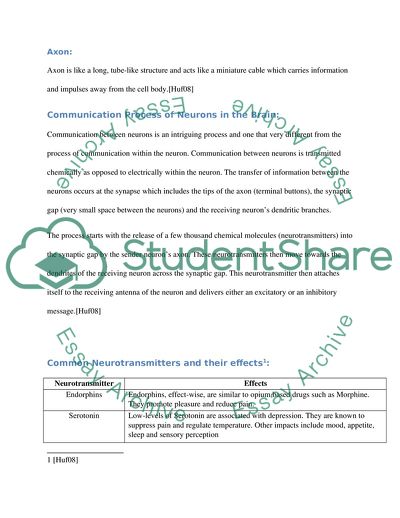Cite this document
(Communication Process of Neurons in the Brain Report Example | Topics and Well Written Essays - 1250 words - 2, n.d.)
Communication Process of Neurons in the Brain Report Example | Topics and Well Written Essays - 1250 words - 2. https://studentshare.org/psychology/1755491-brain-response-of-behavior
Communication Process of Neurons in the Brain Report Example | Topics and Well Written Essays - 1250 words - 2. https://studentshare.org/psychology/1755491-brain-response-of-behavior
(Communication Process of Neurons in the Brain Report Example | Topics and Well Written Essays - 1250 Words - 2)
Communication Process of Neurons in the Brain Report Example | Topics and Well Written Essays - 1250 Words - 2. https://studentshare.org/psychology/1755491-brain-response-of-behavior.
Communication Process of Neurons in the Brain Report Example | Topics and Well Written Essays - 1250 Words - 2. https://studentshare.org/psychology/1755491-brain-response-of-behavior.
“Communication Process of Neurons in the Brain Report Example | Topics and Well Written Essays - 1250 Words - 2”. https://studentshare.org/psychology/1755491-brain-response-of-behavior.


